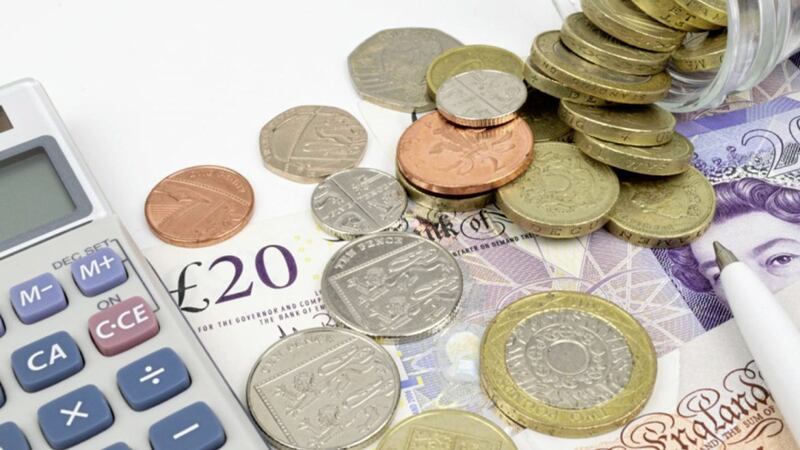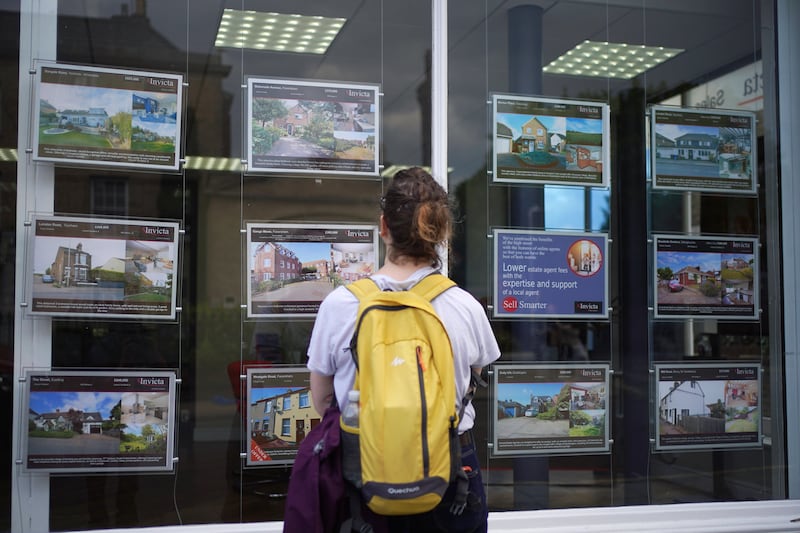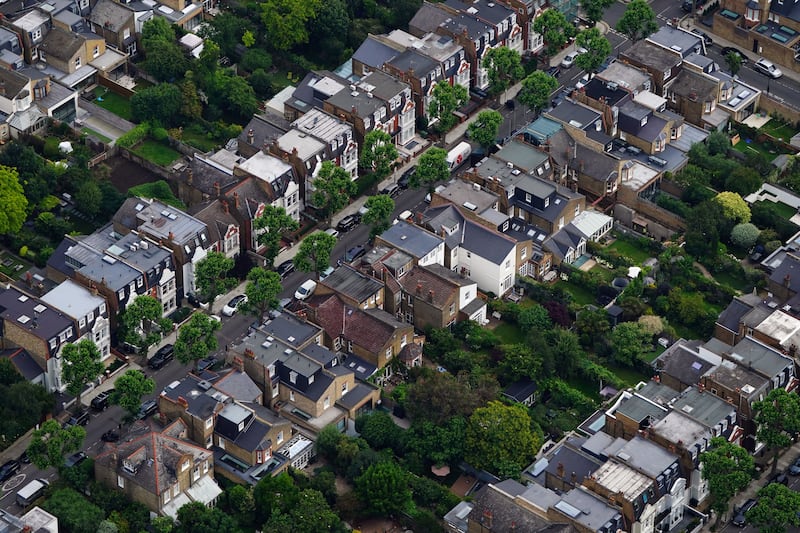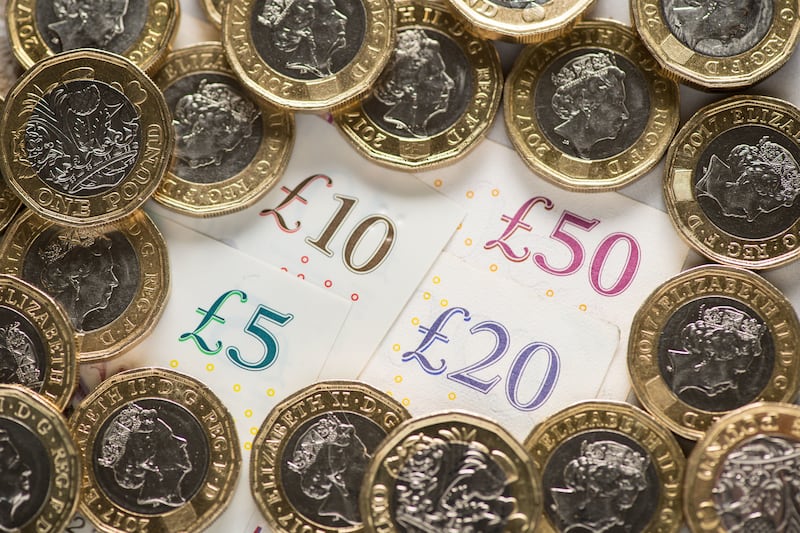HOUSEHOLDS across the UK are spending more on credit cards and putting less money into savings amid the cost of living squeeze.
The Bank of England said net consumer credit borrowing totalled £1.2 billion in November 2021. The figure includes borrowing using credit cards, overdrafts and personal loans.
The majority of this was due to additional borrowing on credit cards, making up £862 million of the total. It was the strongest net borrowing on credit cards since July 2020.
People also deposited an additional £4.7 billion into bank and building society and NS&I accounts in November.
This was less than half the average net flow of £11.2 billion going into accounts in the 12 months to October 2021.
Soaring energy costs are putting pressure on households, with bills for other everyday purchases also on the rise.
Samuel Tombs, chief UK economist at Pantheon Macroeconomics, said: "Households' saving rate returned to its pre-pandemic level in November, though this downshift appears to reflect their attempt to sustain real consumption while inflation is soaring, rather than a rapidly strengthening recovery."
Mr Tombs said the outlook for inflation in the spring "suggests that households will have to save much less this year merely to sustain their current level of expenditure, given the outlook for falling real disposable income".
He said: "A consumer boom led by a rapid run-down of pandemic-related savings continues to look very unlikely."
Sarah Coles, senior personal finance analyst, Hargreaves Lansdown, said: "The price of everything from energy bills to filling up the car or supermarket trolley has soared.
"We also flashed the plastic more in November as we shopped early for Christmas - for fear that shortages of everything from toys to turkeys could scupper the festivities.
"One major component of consumer borrowing is motor finance, and the runaway cost of new and used cars has meant we're taking larger loans. In November, the cost of second-hand cars had risen 27.1 per cent in a year, so it's hardly surprising that we're having to borrow more to cover the cost.
"The timing couldn't have been worse, as rates on loans and overdrafts started to climb towards the end of the year, as concerns about inflation led to speculation that the Bank of England was set to raise rates.
"The rise from 0.1 per cent to 0.25 per cent was eventually put off until December, but was priced into the cost of borrowing well before then."
The number of mortgage approvals made to home buyers also fell in November to the lowest level since June 2020.
Some 66,964 mortgages were approved in November 2021, according to the Bank's Money and Credit report.
While it was the lowest monthly total since June 2020, the figure was still close to the average of 66,700 in the 12 months leading up to February 2020.
A stamp duty holiday had previously prompted a rush of home buyer activity. Stamp duty applies in England and Northern Ireland, and the holiday ended completely from October 2021.
The Bank also said that the typical rate on newly taken out mortgages fell to a new low point of 1.50 per cent, while the typical rate on the outstanding stock of mortgages also fell to a new series low of 2.02 per cent.








